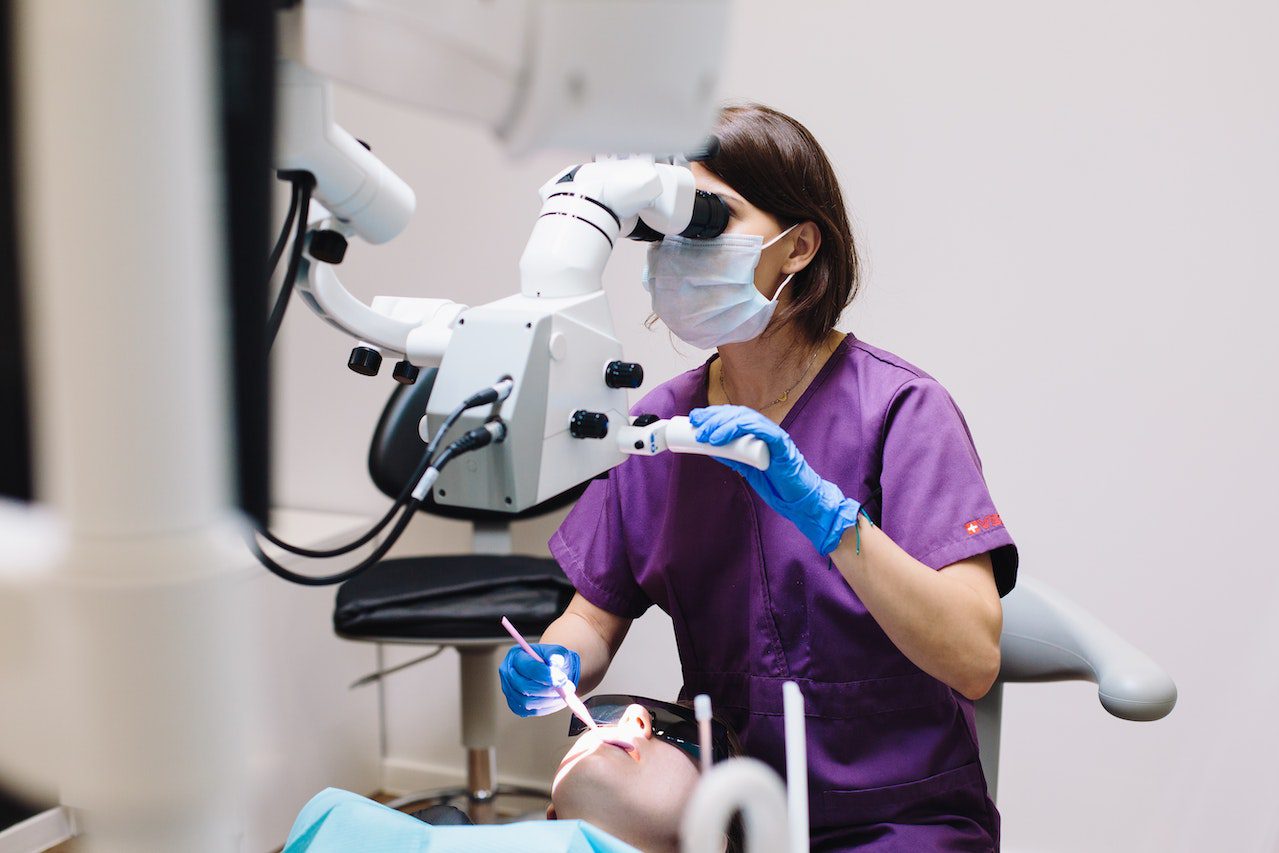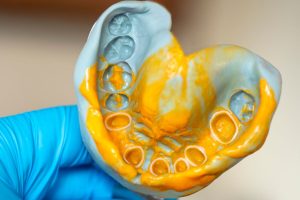In the past, when people went to the dentist, they would have to be conscious for the procedure. With the advancements in sedation dentistry, patients can now be put under anaesthesia and sleep through their treatment.
What is dental sedation?
Dental sedation is a form of anaesthesia that is used to make dental treatment more tolerable for patients. It can be used to make any type of dental treatment, including cleanings, fillings, and extractions.
What is sedation dentistry?
Sedation dentistry is a type of dental treatment that can be used to help people who have a fear of the dentist. It can also be used in children and adults who need dental work done but are too afraid or anxious to cooperate with the procedure.
The patient is given sedatives and sometimes anaesthesia before they are put under the care of a dentist. The drugs help them relax, which makes it easier for them to have any necessary dental work done.
Who needs sedation dentistry?
It can be for people who have dental phobias or those who need extensive dental work done. The dentist will then use anaesthesia and other medications to put the patient into a state of deep sleep so they are not aware of what’s happening.
Some people who require sedation dentistry are those with anxiety disorders or PTSD who may find it difficult to visit the dentist without sedation due to their previous negative experiences with dental work.
What are the types of sedation dentistry?
There are a few different types of sedation dentistry that a person can choose from. The first type is general anaesthesia which is used for people who are very anxious or who have difficulty breathing. This type of sedation will completely put a person under and they will not wake up until it wears off.
The second type is a nitrous oxide which is also known as laughing gas. This type of sedation does not put you under but instead just makes you feel lightheaded and relaxed.
The third type is intravenous sedation which uses an IV to deliver medicine into your bloodstream so you can sleep through the procedure.
Another option for sedation is Penthrox which is inhaled from an inhaler. which dentists usually avoid using in favour of other options. However, when the situation warrants it, Penthrox can be appropriate. Once patients are under anaesthesia and asleep, dentists can use special tools that will help them perform the dental work.
Laughing Gas
Nitrous oxide sedation (N2O) is a safe, effective and well-tolerated sedative agent. It is used for the treatment of anxiety, apprehension and pain in a variety of clinical settings.
The use of N2O as an adjunct to general anaesthesia was first reported in 1844. The gas has been used as an analgesic since the late 1800s. As a result, it has become the most commonly used inhalational agent in dentistry.
N2O is considered to be relatively safe when administered at appropriate doses, with few adverse effects being reported in the literature or anecdotally when used as an adjunct to general anaesthesia.
Oral Sedation
Oral conscious sedation is a form of anaesthesia that can be used in dental procedures to lessen pain and anxiety.
It is a safe and effective method of sedation that has been in use for over 30 years.
It is administered through oral medication, which can be taken with or without food.
The medication will take effect within 15-30 minutes and will last for 1-2 hours.
The patient will not remember the procedure but may experience some side effects such as drowsiness, dizziness, slurred speech, or nausea.
Intravenous (IV) sedation
Intravenous sedation is a drug-induced state of deep sleep during which the patient responds only to strong stimuli. It is used for the management of moderate to severe pain in adults and children who cannot be managed with other methods.
Intravenous sedation is administered by an anesthesiologist or dentist, and it can be given either as a single injection or as an infusion over time. It can be used for any type of dental procedure, but it is most commonly used for procedures that are lengthy or painful, such as tooth extractions, crowns, dentures, and oral surgery.
The side effects of IV sedation are usually mild and temporary. It depends on the type of medication that was administered, as well as the dose and duration of treatment. Some people may experience nausea, vomiting, dizziness, headache and confusion after the procedure. These side effects can last for hours or days and may require additional treatment for relief.
Final Words
The conclusion of this section is that sedation dentistry has many benefits. It can be used to make dental procedures less stressful for the patient, and it can also reduce the risk of dental phobia.
It is important to note that not all types of sedation dentistry are appropriate for every patient. Some patients may not be good candidates for sedation dentistry because they have certain medical conditions or certain medications.












